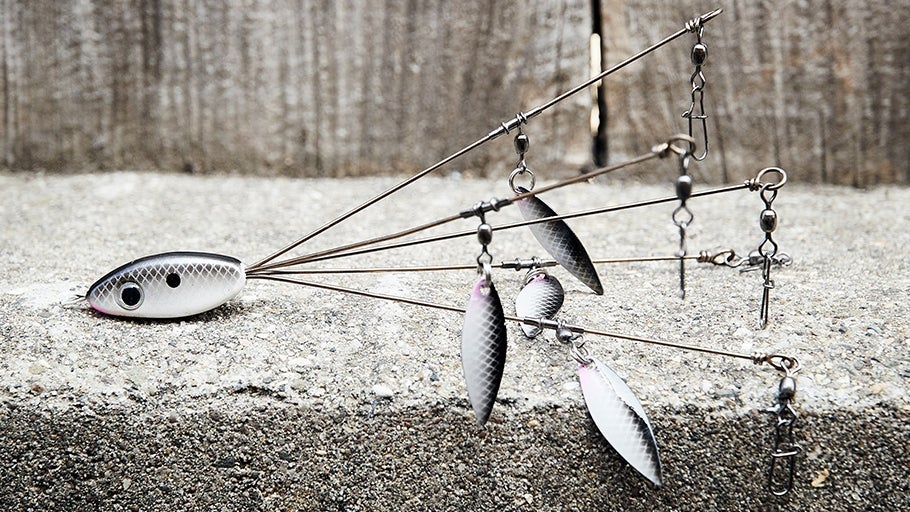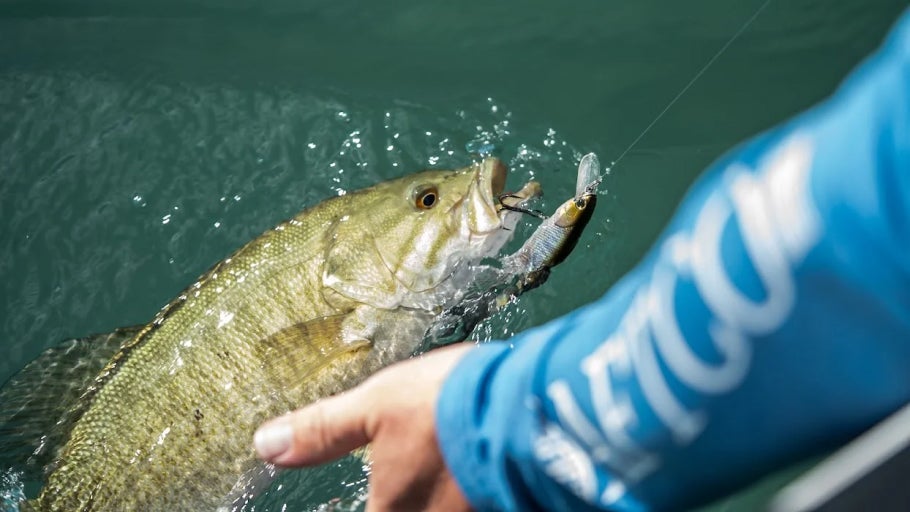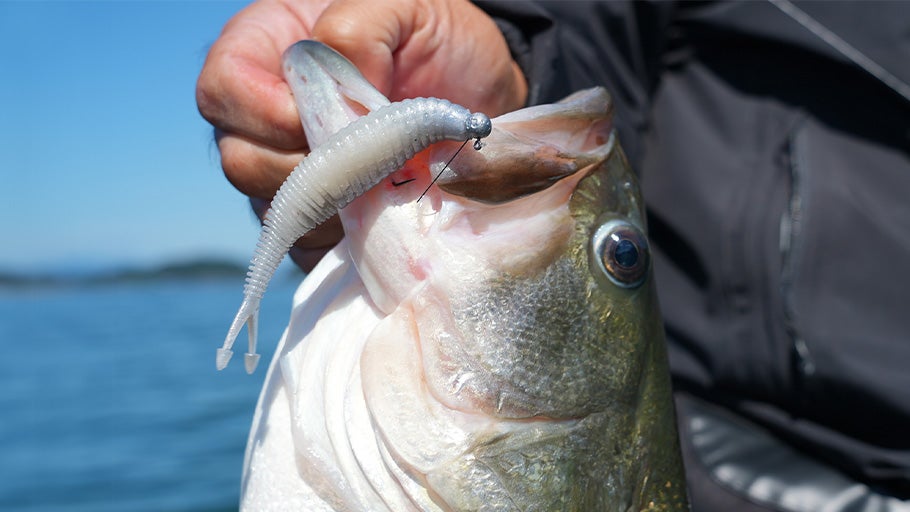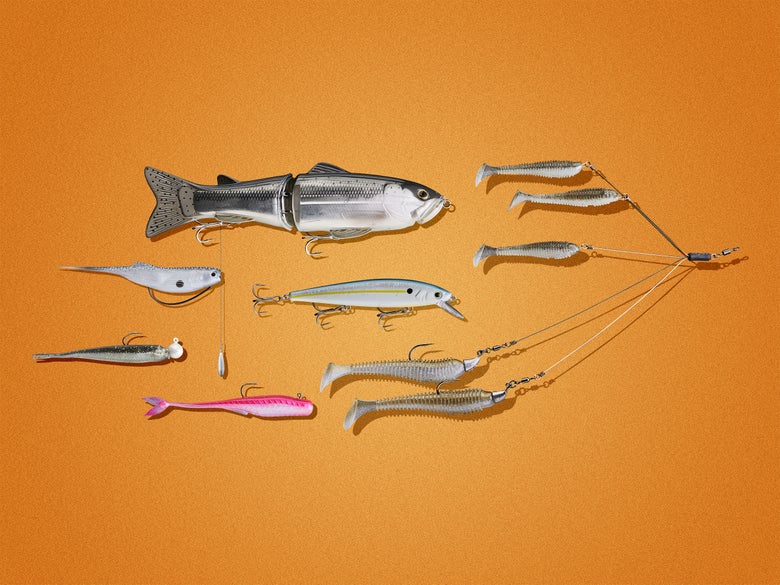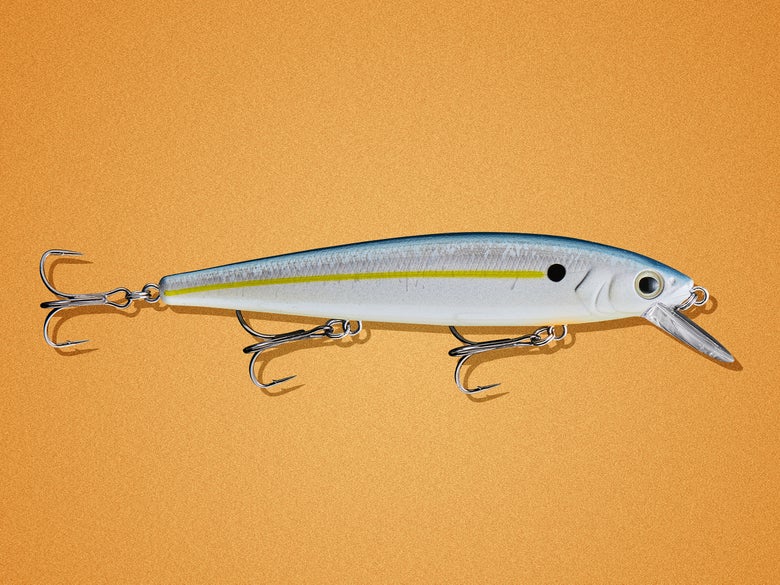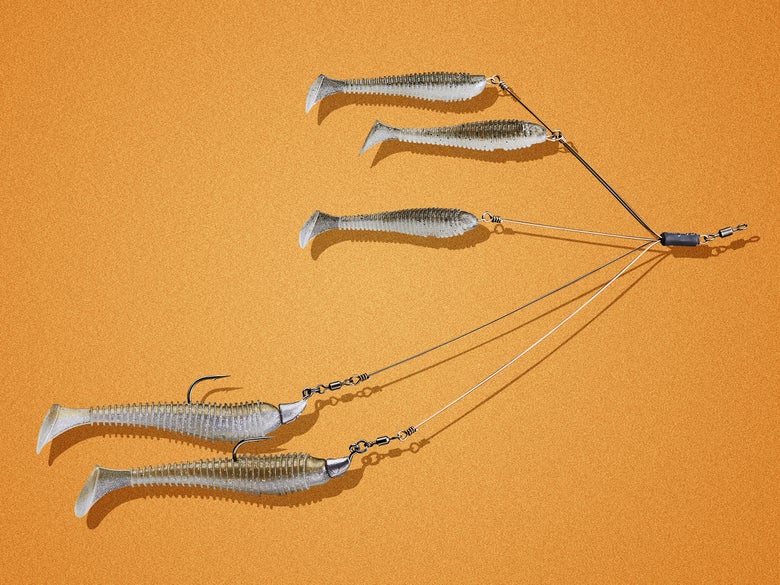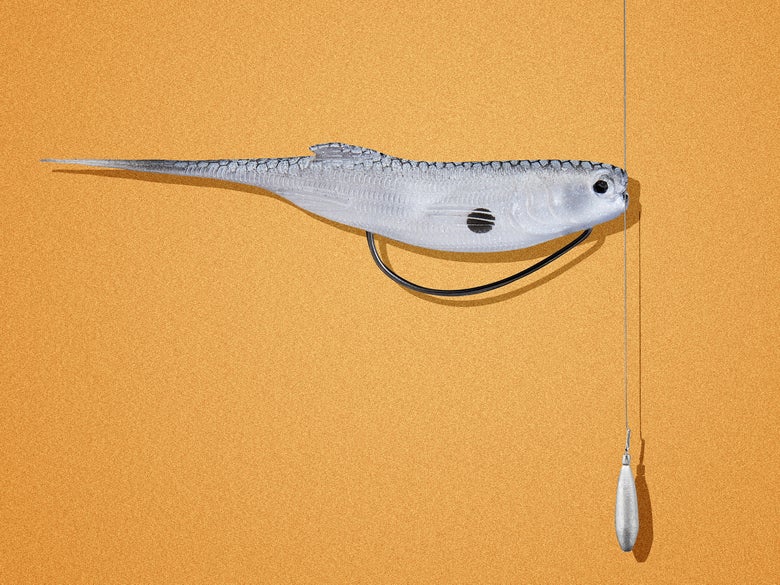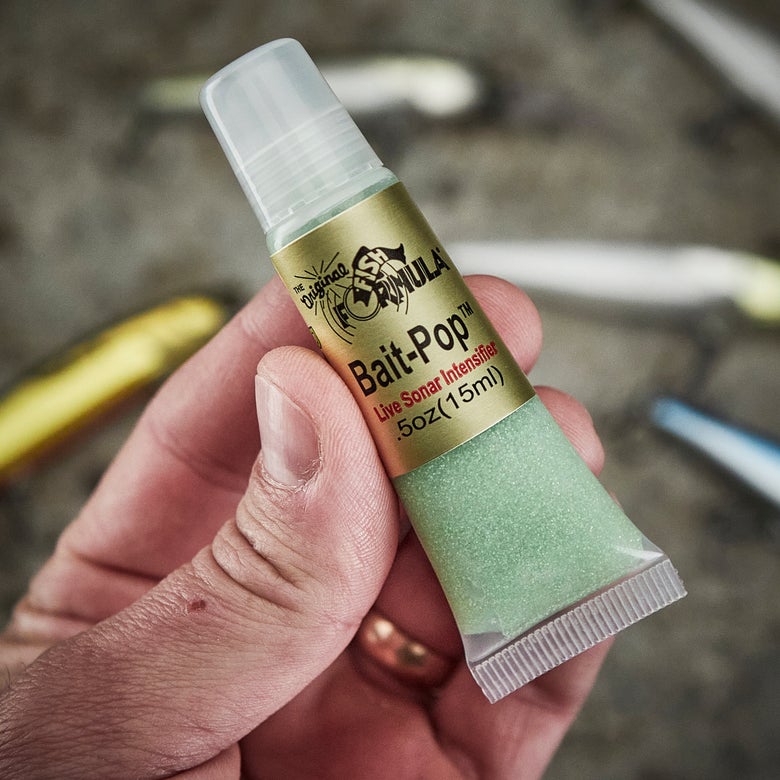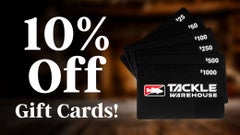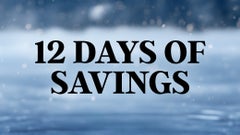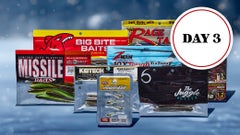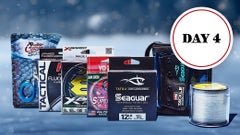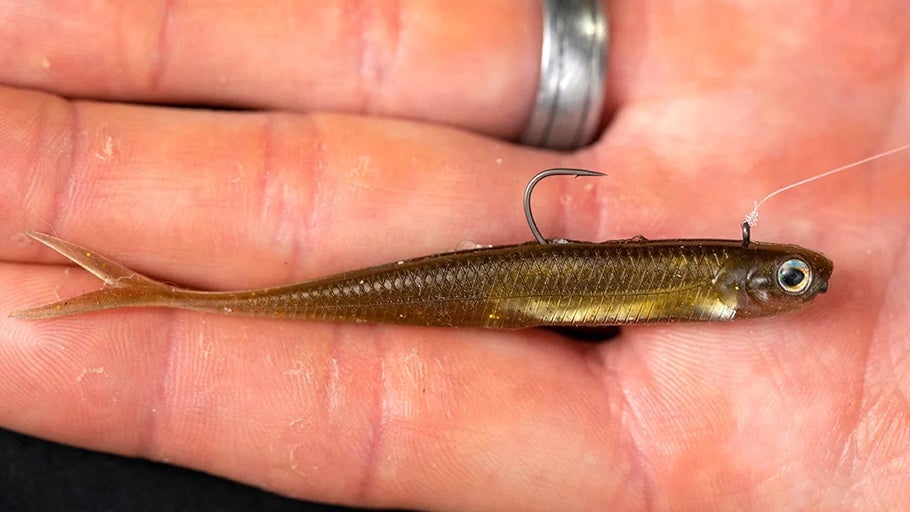
Best Baits for Forward Facing Sonar
Whether you love it or hate it, forward-facing sonar continues to take hold of the bass fishing industry as manufacturers rush to improve live sonar technology and make lures specifically designed to enhance returns, making them easier to track for increased precision. Beyond the ability to quickly locate fish, forward-facing sonar unlocks new ways of fishing, helps anglers easily identify sweet spots in offshore structure, and provides unique opportunities to cast at fish that you wouldn't have otherwise. As the next wave of technology takes tournament bass fishing by storm, anglers must continue to adapt and become proficient in using forward-facing sonar to keep pace with the rapidly changing playing field.
In this article, we spotlight several fishing techniques that will help you get started with forward-facing sonar, identify particular situations or conditions where each technique is most applicable or effective, and suggest some of the hottest lures currently available within each category. These aren’t the only techniques that are great to pair with forward-facing sonar, but they’re some of the Tackle Warehouse Staff's favorites, and probably the most effective when it comes to learning how to catch fish using forward-facing sonar.
Mid-Strolling Baits
A lightly weighted swimbait head combined with your favorite soft plastic fluke or finesse swimbait is a highly versatile lure to use with forward-facing sonar, as you can efficiently control the rate of fall while it provides a steady rate of return that appears readily on live sonar. Unlike 0-,30-, or 60-degree line ties, which pull the bait forward and away from your target, utilizing a jig head with a 90-degree line tie offers increased handling and allows the bait to hover comfortably above your target. To further enhance visibility, some manufacturers are building live sonar jig heads that improve sonar returns with high-density tungsten or carefully positioned on-shank weighting that presents baits effectively at various water column levels with both vertical and pendulum applications.
Hover Strolling
Hover strolling allows anglers to effectively present lightweight soft plastic lures to suspended fish with the unique ability to be twitched slowly at a consistent level, unlike spy baits, jerkbaits, or finesse swimbaits that need to be reeled at a constant pace to maintain depth or action. The traditional way to rig a hover strolling rig requires pegging a nail weight in the belly of your favorite soft plastic worm or fluke, with a specialized, compact 90-degree offset hover hook rigged perfectly straight so the eyelet protrudes through the top of the plastic. Designed for slow-falling enticing action, the unique hover strolling movement can also be achieved with a hover rig hook which distributes the weight throughout the body of soft plastic to create a more natural horizontal fall that glides and spirals on the fall.
Jerkbaits
By design, most jerkbaits are built to suspend or float, so one of the biggest advantages of using one with forward-facing sonar is the ability to have better control over your lure’s sink rate when targeting individual fish. The erratic action of a jerkbait allows anglers to watch how the fish react to each twitch of the rod tip, so you can quickly adjust your cadence, pauses, and retrieve speed to match the mood of the fish. If you’re fishing for deep suspended targets, some anglers add Suspend Strips or swap out to heavier hooks and split rings so the jerkbait sinks faster and doesn’t have to be retrieved or worked down to depth. Keep in mind that jerkbait fishing is a visual technique that often relies on clear water and can lose some of its drawing power when fishing in dirty water.
Glide baits
Large flat-sided glide baits are another obvious choice for increasing returns with forward-facing sonar and a great option when you are trying to locate fish, mimic large forage, and target bigger bites. A large glidebait provides anglers tons of drawing power making and is an excellent tool for revealing the location of big fish, even if you’re only using its mesmerizing glide to pull them out of their hiding places. Much like the jerkbait, forward-facing sonar allows you to study how the fish react to different glide bait lure sizes, cadences, and actions which provides a huge advantage when your lure is out of eyesight. Most glide baits are designed to sink slowly, so you’ll want to keep some lead wire or suspend strips handy so you can add weight and adjust the sink rate on the fly when you encounter fish that are holding closer to the bottom.
Umbrella Rigs
Both the umbrella rig and forward-facing sonar are effective at catching suspended fish by themselves, but pair them together and they create a deadly combination when the fish are off the bank and feeding up heavily on baitfish. The large wire arms and copious number of swimbaits associated with umbrella rigs create an immense underwater profile that accurately mimics a school of baitfish and shows up clearly on live sonar. One limiting factor of using an umbrella rig with forward-facing sonar is that the swimming action is only produced when you turn the reel handle, so you inherently have less ability to control or manipulate your presentation when you get a follower.
Dropshot
A drop shot is a great technique to pair with forward-facing sonar, whether you’re casting to fish and structures that appear on your screen, or dropping vertically to marks directly under the trolling motor. One of the key advantages of a drop shot is its ability to fall straight and get down quickly when the fish are holding near the bottom. With the ability to see fish in real time, tournament anglers can quickly identify active fish by locating a target, dropping down quickly to the mark, and shaking for a few seconds before reeling up to make a cast to another mark on the screen. Even if you’re using a small finesse worm, the overall profile of weight and worm separated by a foot of leader creates a profile that returns a large signature and makes it easy to locate when you’re panning around.
Conclusion
While many lures are now being built from scratch and labeled as forward-facing sonar-specific lures, live sonar image quality has improved rapidly in recent years making it easy to locate most baits in front of you - so there’s no need to replace every lure in your tackle box. With innovative products like The Original Fish Formula Bait Pop Sonar Intensifier, anglers can amplify the visibility of any lure with a revolutionary scent formula that triggers more bites and enhances returns with forward-facing sonar. Always keep in mind, to use live sonar to its full potential, keep your foot on the pedal to keep the transducer on target while you adjust to the wind and boat movements, and experiment with changing the angle of your transducer to get the best picture quality.

